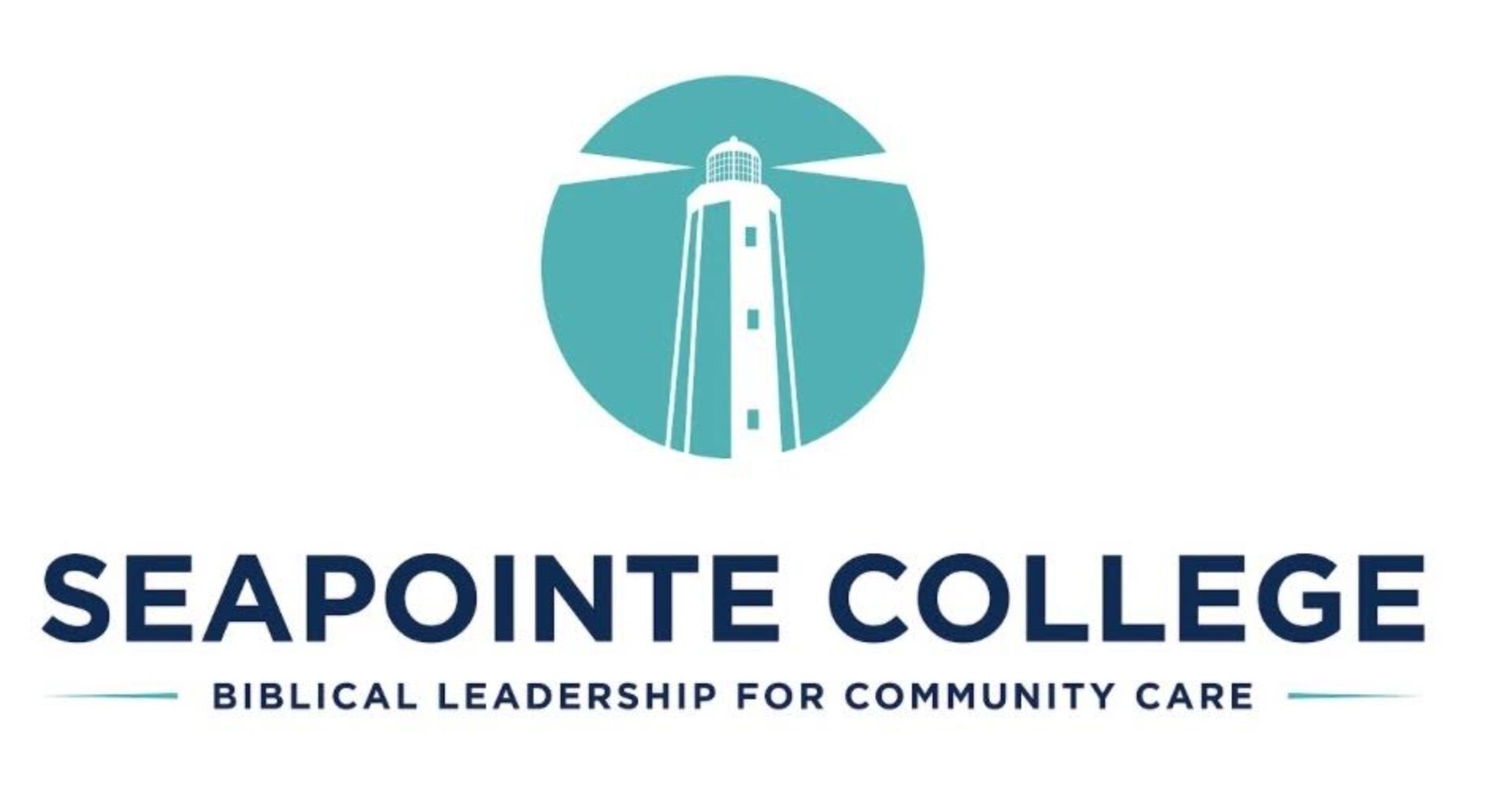Sure, NASA makes headlines for the amazing work of its astronauts, its contributions to the International Space Station and most recently its daring spacewalks, but what about all the behind-the-scenes work at the agency? NASA scientists are responsible for developments essential to thousands of inventions used in everyday life. The following are just five of the stellar products that NASA has helped to create.
1. Memory Foam Mattresses
Memory foam enthusiasts might be surprised to know that it is NASA that is responsible for their solid night’s sleep. The open cell polyurethane silicon plastic also commonly known as “Temper foam” and found in Tempurpedic brand mattresses as well as others was originally developed of use in the seats of NASA astronauts. It was intended to decrease impact during landing as it allows for even distribution of weight and pressure on its surface. It also allows for a more comfortable ride during long periods of sitting in one place.
Aside from providing a comfortable sleeping locale for many, the material has a number of additional uses. It is used in the seats of some commercial aircraft, saddles, inflatable rafts, football helmets and it assists medical professionals with the fight against bedsores in incapacitated patients and has been used in prosthetic limbs.
2. Water Filters
Water filters have gained enormous popularity in recent years, and it is NASA that deserves the thanks for the everyday invention. Those filters attached to millions of sinks and contained in refrigerator pitchers have their roots in NASA’s need to provide clean water to its astronauts. The silver ion type of filters popularized by companies like Brita were originally designed for use by astronauts on the Apollo moon missions.
3. Camera Phones
A life without a camera phone may be virtually unheard of in today’s America, but it was not so many years ago that a NASA scientist was perfecting the technology that would allow the creation of these remarkable devices. A scientist named Eric Fossum, working in NASA’s jet propulsion lab in the 1990s is credited with creating the miniaturized ‘camera on a chip’ that led to development of sensors used in modern camera phones.
4. Cochlear Implants
The miracle devices that have allowed 219,000 hearing impaired people to experience sound has its roots in NASA technology as well. A hearing impaired NASA engineer, Adam Kissiah, Jr., worked with the space shuttle program. Frustrated by his own issues with traditional hearing aids, he put his NASA expertise to work. The result was a new type of hearing aid that could be implanted and uses digital pulses to stimulate auditory nerve endings which then send their messages to the brain, allowing for the perception of sound.
5. Invisible Braces
It’s likely that most teens getting braces today are unaware that in years past they would have had no choice but to suffer those months and years with cumbersome metal in their mouths. Invisible braces are now widely available thanks to NASA. The material used today in invisible braces was originally intended to protect delicate parts of heat-seeking missile trackers.
NASA not only has the edge when it come to making amazing things happen in space, but should be thanked for their contributions here on Earth as well. These five inventions are just a few of the thousands of everyday items that NASA has had a hand in making a reality.
By Michele Wessel
Sources
Discovery
Stuff
howstuffworks





One thought on “NASA Deserves Thanks for These 5 Everyday Inventions”
The NASA programs necessitated innovation by thousand of private sector businesses and engineers who made these products that NASA handled the purchasing and acceptance for the various efforts they undertook using our tax money that was allocated for NASA. So NASA did not make a darned thing, but rather bought all these wonderful things with our money from us taxpayers who made all of these things while NASA just grinned and took the credit for our efforts. Those NASA scientists were mostly contractors who worked on or through NASA contracts. In some cases we have these things in spite of NASA.
Comments are closed.